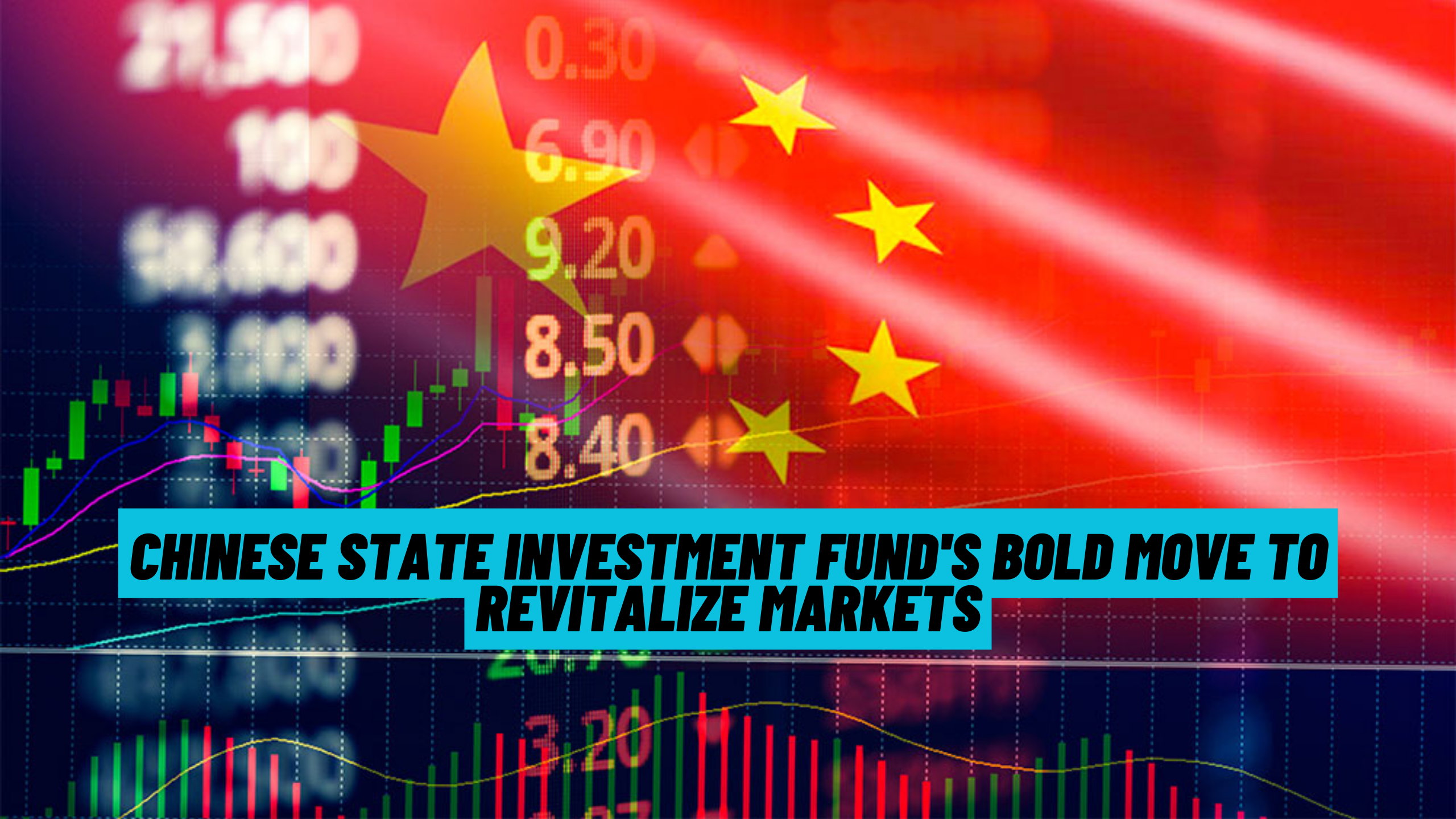The Reserve Bank of India’s (RBI) monetary policy is a crucial aspect of the country’s economic landscape, impacting individuals, businesses, and the nation as a whole. Understanding the Monetary Policy Committee (MPC) and its decisions is vital for anyone keen on navigating the financial terrain effectively.
The recent meeting of the Monetary Policy Committee (MPC), led by the Governor of the Reserve Bank of India, concluded with a decision to keep the repo rate stable at 6.5%. This choice comes against the backdrop of concerns regarding inflation, as retail inflation continues to hover near the upper limit of the central bank’s comfort zone. Noteworthy points from the meeting include a projected GDP growth rate of 7% for FY25, a CPI inflation projection of 4.5% for the same period, and the commitment to maintaining the inflation forecast at 5.4% for the fiscal year.
The RBI Monetary Policy refers to the central bank’s approach to managing the money supply and interest rates to achieve specific economic objectives. The Monetary Policy Committee, established in 2016, plays a pivotal role in shaping these policies.
The roots of the RBI Monetary Policy can be traced back to the inception of the Reserve Bank itself. Over the years, the approach has evolved, culminating in the establishment of the MPC to ensure a more inclusive and diverse decision-making process.
Role of MPC
Comprising experts from various fields, the MPC is responsible for making crucial decisions related to interest rates and other monetary measures. The committee’s decisions are based on a thorough analysis of economic indicators and future predictions.
Key Components of RBI Monetary Policy
Understanding terms like Repo Rate, Reverse Repo Rate, Cash Reserve Ratio (CRR), and Statutory Liquidity Ratio (SLR) is pivotal for deciphering the intricacies of the monetary policy.
Impact on Economy
The decisions made by the MPC have far-reaching consequences, influencing inflation rates, interest rates, and overall economic growth. A balanced approach is essential to strike the right chord.
Recent Changes and Updates
In response to evolving economic scenarios, the RBI occasionally introduces changes to its monetary policy. These updates are crucial to adapting to the dynamic financial landscape.
Criticisms and Controversies
Public reactions and expert opinions on the MPC’s decisions often spark debates. Analyzing criticisms and controversies sheds light on the diverse perspectives surrounding monetary policies.
Comparison with Other Central Banks
Contrasting the RBI’s approach with that of other central banks globally provides valuable insights and lessons for refining monetary practices.
Future Outlook
Anticipating policy changes and understanding potential economic shifts allows individuals and businesses to plan and adapt proactively.
Importance for Businesses
For businesses, the RBI’s monetary policy directly affects borrowing costs, investment decisions, and overall economic conditions. Adapting strategies based on policy changes is imperative for sustained growth.
Public Awareness and Education
Encouraging financial literacy and disseminating information about monetary policies enhances public awareness and fosters a more informed society.
Quick Review:
A. What is the MPC, and what role does it play in RBI’s monetary policy?
The MPC is a committee appointed by the RBI to make key decisions related to interest rates and monetary measures, influencing the country’s economic trajectory.
B. How do changes in interest rates affect the average citizen?
Interest rate changes impact borrowing costs, affecting loans, mortgages, and credit card interest rates, ultimately impacting disposable income.
C. Can the RBI Monetary Policy impact the stock market?
Yes, policy changes can influence investor sentiment, affecting stock prices and market dynamics.


